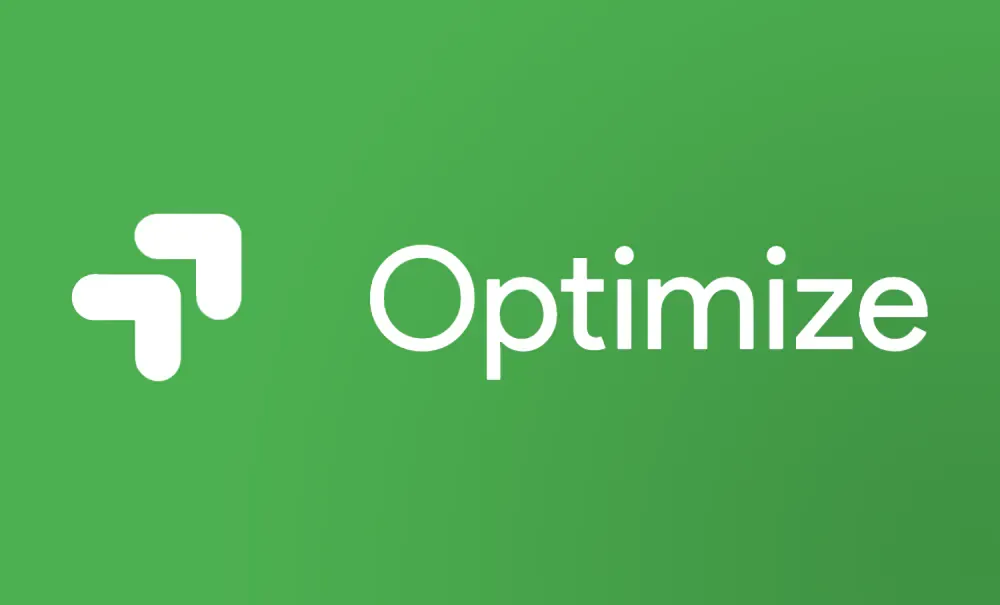Advanced PPC Optimisation Tactics
Three powerful optimisation techniques I use on e-commerce PPC accounts - campaign segmentation, remarketing and custom labels.

Segment campaigns for more control & visibility
Most search campaigns should be split down into ad groups with just a few keywords per ad group. This gives greater relevance between the ad copy and the keyword, more control over spend and more targeted and relevant landing pages.
It also makes the account more manageable, easier to report on and quicker to test and improve.
Target specific customers with remarketing lists
Create a remarketing list for customers that have browsed or added a product to the basket but have not converted. Then create new campaigns with content and ad copy tailored to entice these customers back, and apply the remarketing list to the campaign. The list should also be applied negatively to existing campaigns where required.
Remarketing lists can be created in Google Analytics and then used in Google Ads, giving more control over the list.
For example, a create a segment of users that browsed a specific high-value product over a number of days, added it to the basket but did not checkout. This segment could then be shown additional "confidence-building" ad copy such as testimonials or even discount coupon codes.
Use Custom Labels to automatically populate shopping campaigns
Create Smart Shopping campaigns based on a product's performance, so an appropriate target ROAS can be applied to the product. Example campaigns:
- Best Sellers
- Priority
- Reduced Exposure
This can be automated using the shopping feed and Custom Labels, and refreshed every week so it is up to date with any seasonal factors.
This is especially useful when dealing with a category containing products with different profit margins
For example, you sell Brand A with a 40% margin, and also Brand B with a 7% margin. You can afford a lower ROAS on Brand A and push more traffic, whereas the same ROAS applied to Brand B would result in selling at a loss. Different target ROAS cannot be achieved with the products in the same Smart Shopping campaign.




